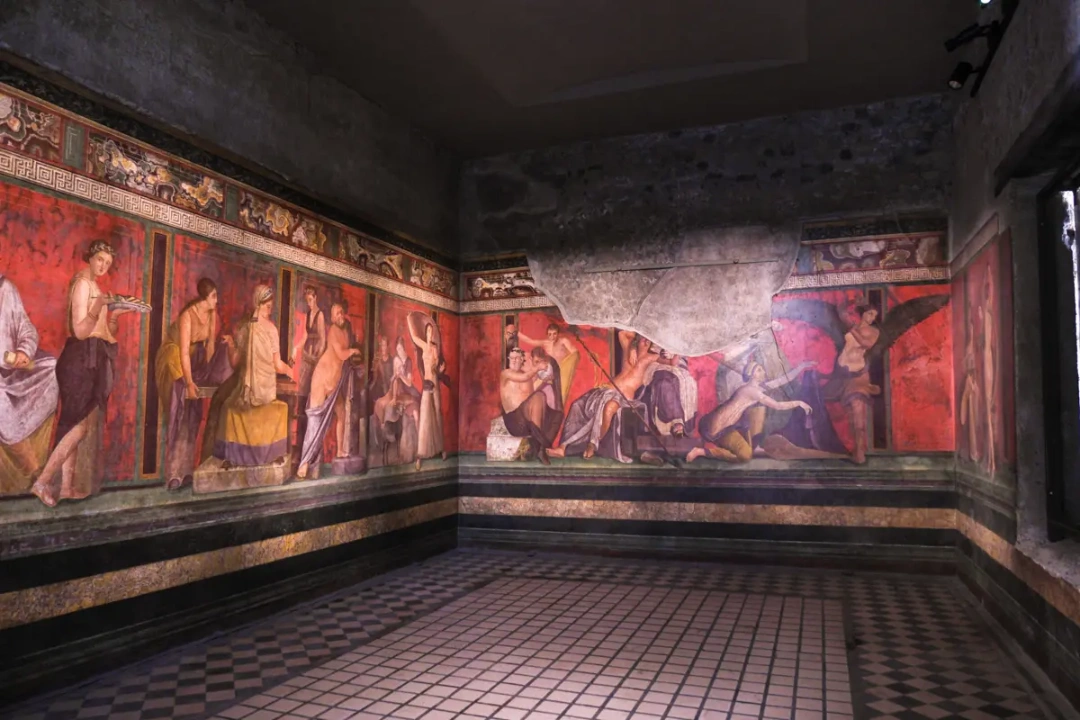As the sun-kissed months of summer descend upon us, the allure of Italy’s ancient treasures proves too great for some to resist. The urge to leave an indelible mark on history, quite literally, has struck again. Last year, the venerable Roman Colosseum was defaced by the lovesick scribble of “Ivan + Hayley ’23.” Now, a Kazakhstani tourist has seen fit to add his own autograph to the walls of Pompeii’s House of Ceii, a millennia-old villa renowned for its exquisite frescoes and historical significance.
Pompeii Vandalism Incident and Arrest
The perpetrator, whose name ironically echoes the very graffiti he inscribed (“ALI”), was swiftly apprehended by Italian authorities and will be held accountable for the damages. Italy’s Minister of Culture, Gennaro Sangiuliano, has denounced the act as “uncivilized and idiotic,” vowing to prosecute the offender to the fullest extent of the law. The newly enacted legislation, which Sangiuliano championed, will ensure that the vandal is forced to compensate for the restoration costs.
The House of Ceii: A Jewel of Pompeii
The House of Ceii, excavated in the early 20th century, is a testament to Pompeii’s rich cultural heritage, boasting preserved frescoes from the late-Samnite period and a fascinating glimpse into the life of its erstwhile owner, Lucius Ceius Secundus. The villa’s beauty and historical significance, however, were not enough to deter the Kazakhstani tourist from leaving his mark.
Protecting Cultural Heritage in Italy
Sangiuliano has been a stalwart advocate for the protection of Italy’s cultural treasures, proposing substantial fines for future offenses, up to $43,000 USD. While the Kazakhstani tourist may avoid criminal prosecution, the incident serves as a poignant reminder of the ongoing struggle to safeguard our shared cultural heritage from the ravages of vandalism.













Meriem Bennani Solo Exhibition at Fondazione Prada in Milan